Premium Only Content
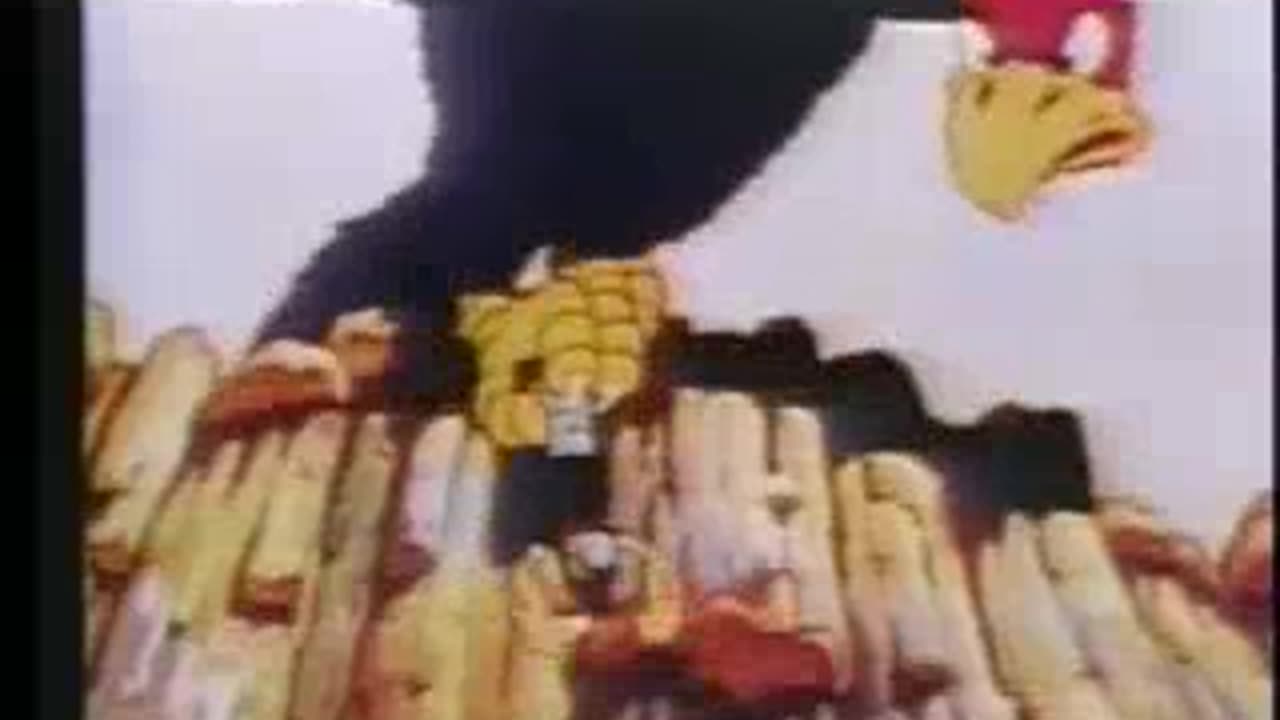
Popeye The Sailor Meets Sinbad
Image source: Wikimedia Foundation (wikimedia.org)
Download Movie [Video Format: MP4]
Movie Source: Internet Archive (archive.org)
Advertisement
Advertisement
Popeye the Sailor meets Sinbad the Sailor
1936
Classic cartoon, popeye, 1930s
The classic tale of Sinbad the Sailor, adapted for Popeye and Olive. Featuring memorable appearances by Wimpy, Olive, and the singing two-headed monster. You can find more information regarding this film on its IMDb page. More information is available from the Wikipedia article here.
File:Popeye the Sailor Meets Sindbad the Sailor (1936).webm
Popeye the Sailor Meets Sindbad the Sailor is a two-reel animated cartoon short subject in the Popeye series, produced in Technicolor and released to theatres on November 27, 1936 by Paramount Pictures. It was produced by Max Fleischer for Fleischer Studios, Inc. and directed by Dave Fleischer, with musical supervision by Sammy Timberg. The voice of Popeye is performed by Jack Mercer, with Mae Questel, as Olive Oyl, with Lou Fleischer as J. Wellington Wimpy and Gus Wickie as Sindbad the Sailor.
Plot
In this short, Sindbad the Sailor (presumably Bluto playing a "role") proclaims himself, in song, to be the greatest sailor, adventurer and lover in the world and "the most remarkable, extraordinary fellow," a claim which is challenged by Popeye's arrival on his island with Olive Oyl and J. Wellington Wimpy in tow. Sindbad orders his huge Roc (mythology), Rokh, to kidnap Popeye's girlfriend, Olive Oyl, and wreck Popeye's ship, forcing him and Wimpy to swim to shore. Sinbad relishes making Olive his trophy wife, which is interrupted by Popeye's arrival. Sinbad then challenges the one-eyed sailor to a series of obstacles to prove his greatness, including fighting Rokh, a two-headed giant (mythology) named Boola (an apparent parody erence to The Three Stooges), and Sindbad himself. Popeye makes short work of the bird and the giant, but Sindbad almost gets the best of him until Popeye produces his can of spinach, which gives him the power to soundly defeat Sindbad and proclaim himself "the most remarkable, extraordinary fella."
A subtly dark running gag features the hamburger-loving Wimpy chasing after a duck on the island with a meat grinder, with the intention of grinding it up so that he can fry it into his favorite dish, but the duck not only escapes, but also snatches away Wimpy's last burger in retaliation when he gives up. Many of the scenes in this short feature make use of the Fleischer's Multiplane camera process, which used modeled sets to create 3D backgrounds for the cartoon.
Release and reception
This short was the first of the three Popeye Color Specials, which were, at over sixteen minutes each, three times as long as a regular Popeye cartoon, and were often billed in theatres alongside or above the main feature. Popeye the Sailor Meets Sindbad the Sailor was nominated for the 1936 Academy Award for Animated Short Film, which it lost to Walt Disney's Silly Symphony The Country Cousin. Footage from this short was later used in the 1952 Famous Studios Popeye cartoon Big Bad Sindbad, in which Popeye relates the story of his encounter with Sindbad to his 3 nephews.
Today, this short and the other two Popeye Color Specials, Popeye the Sailor Meets Ali Baba's Forty Thieves, and Aladdin and His Wonderful Lamp (both of which were also adapted from a story featured in One Thousand and One Nights) are in the public domain, and are widely available on home video and DVD. A fully restored version with the original Paramount Pictures mountain logo opening and closing titles is available on the Popeye the Sailor: 1933-1938, Volume 1 DVD set from Warner Bros.
Producer and special effects artist Ray Harryhausen stated in his Fantasy Film Scrapbook that Popeye the Sailor Meets Sindbad the Sailor was a major influence on his production of The 7th Voyage of Sinbad.
Popeye the Sailor Meets Sindbad the Sailor has been deemed "culturally significant" by the United States Library of Congress and selected for preservation in the National Film Registry. In 1994, the film was voted #17 of the 50 Greatest Cartoons of all time by members of the animation field, making it the highest ranked Fleischer Studios cartoon in the book.
-
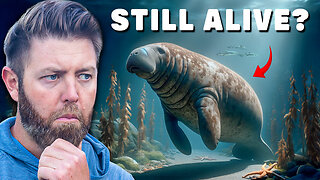 11:53
11:53
Forrest Galante
7 hours agoIs This Giant Extinct Sea Cow Still Alive?
43.2K8 -
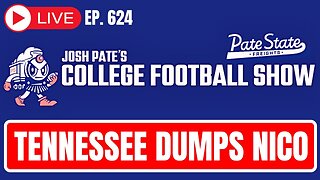 1:14:47
1:14:47
Josh Pate's College Football Show
10 hours ago $6.91 earnedTennessee & Nico Disaster | Portal Chaos Ahead | Biggest “What-Ifs” | Truth About Big Noon Kickoff
57.7K6 -
 2:14:43
2:14:43
Tundra Tactical
10 hours ago $7.31 earned$3200 ZEV HEARTBREAKER Contest!!! TONIGHT On The Worlds Okayest Gun Live Stream
58.5K2 -
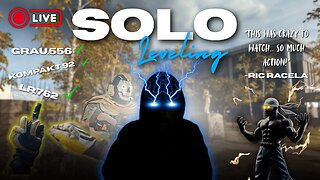 3:52:05
3:52:05
IcyFPS
7 hours ago🟢SOLO LEVELING LIVE 🟢 PREMIUM PAYDAY | SUNDAY GUNDAY |
36.8K2 -
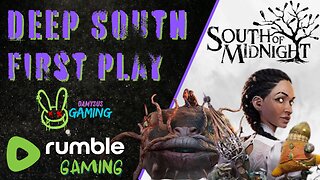 3:49:54
3:49:54
Damysus Gaming
8 hours agoWeaving into the Deep South: South of Midnight First Play!
31.1K3 -
 5:24:51
5:24:51
EricJohnPizzaArtist
9 hours agoAwesome Sauce PIZZA ART LIVE Ep. #43: Misses Ma’am!
41.4K6 -
 54:59
54:59
Stephen Gardner
14 hours ago🔥Biden insider: Obama was Pulling Strings | Trump Derangement is RAGING!
84.8K286 -
 5:51:22
5:51:22
Delnorin Games
11 hours ago🔴 Live - Star Citizen
44.1K -
 1:07:23
1:07:23
Vedic compatability astrology
9 hours agoDiscover Wisdom from Dr. Andrew Dutta!
24.3K -
 4:52:51
4:52:51
LFA TV
1 day agoLFA TV SHORT CLIPS OF THE WEEK!
75.5K9